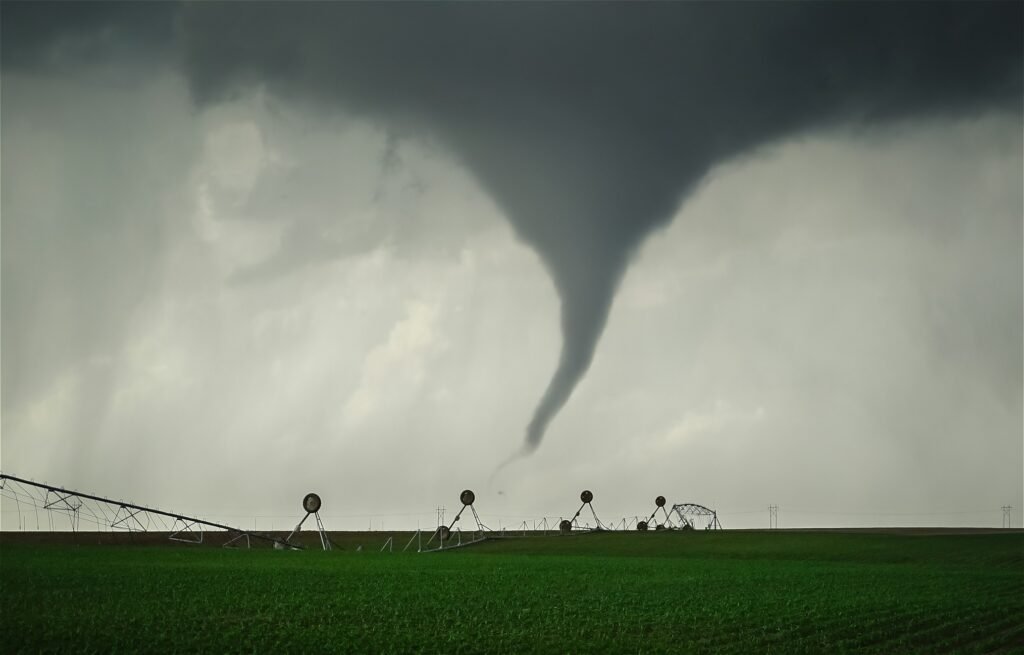Addressing Climate Risks in the Insurance Industry: A Rising Tide for Australia

The undeniable reality of climate change poses a significant threat to communities and economies worldwide. Australia, with its vast coastlines and diverse ecosystems, is particularly vulnerable to the impacts of a warming planet. These impacts are not just environmental but also deeply financial, with a growing burden on the insurance industry. How Has Climate Change Affected Australians? Increased Frequency and Intensity of Extreme Weather Events: Australia has witnessed a rise in extreme weather events like heatwaves, droughts, floods, and bushfires. The Bureau of Meteorology reports that the average annual temperature has increased by 1.47°C since 1910, with more frequent heatwaves and extreme rainfall events. These events have caused significant property damage, loss of life, and economic disruption. Rising Sea Levels: Sea levels around Australia are increasing due to melting glaciers and the thermal expansion of oceans. This threatens coastal communities with inundation, erosion, and saltwater intrusion, impacting infrastructure, property, and livelihoods. Changes in Rainfall Patterns: Climate change is altering rainfall patterns, leading to more intense downpours and longer dry periods. This disrupts agricultural production, water security, and ecosystems, with flow-on effects for the broader economy. The Effect on Australian Insurance The increasing frequency and intensity of extreme weather events have resulted in: Surge in Insurance Claims: The Insurance Council of Australia (ICA) reports a rise in weather-related insurance claims in recent years. For instance, in 2019-2020, natural disasters resulted in over $39 billion in insured losses. This puts a strain on insurance companies’ solvency and affordability of premiums. Shifting Risk Profiles: As weather patterns change, previously low-risk areas become more susceptible to disasters. This necessitates recalculating risk profiles for properties and businesses, potentially leading to higher premiums in high-risk zones. Availability Challenges: In some high-risk areas, insurance companies may become hesitant to offer coverage or may significantly increase premiums, making it difficult for some Australians to obtain essential insurance. The Risks We Should Expect Looking ahead, climate change is expected to further exacerbate existing risks and introduce new ones: More Frequent and Severe Natural Disasters: The Intergovernmental Panel on Climate Change (IPCC) predicts an increase in the intensity and frequency of extreme weather events due to global warming. This translates to a higher likelihood of costly insurance claims. Infrastructure Damage: Climate change will likely lead to more frequent and severe damage to infrastructure like roads, bridges, and power grids. This can disrupt supply chains, businesses, and communities, causing significant economic losses. Changes in Public Health Risks: Climate change may lead to an increase in heat-related illnesses, vector-borne diseases, and mental health issues. These could impact health insurance costs and strain healthcare systems. Should There Be New Insurance Models? The traditional insurance model based on historical data may not be sufficient to address the evolving risks posed by climate change. Some potential solutions include: Parametric Insurance: This model triggers payouts based on pre-defined parameters associated with a disaster (e.g., wind speed in a cyclone) rather than relying on damage assessments, offering faster financial relief. Resilience-Based Insurance: This model incentivizes risk mitigation measures like strengthening buildings or installing flood defenses. By reducing the risk of damage, it can potentially lower premiums. Public-Private Partnerships: Collaboration between governments and insurance companies can help develop risk-sharing mechanisms and ensure broader community access to affordable insurance in high-risk areas. The insurance industry needs to adapt and innovate to address the challenges posed by climate change. By exploring new models and working collaboratively with governments and communities, the industry can play a crucial role in building resilience and managing climate risks in Australia. Climate Change and Insurance Coverage in Australia While the insurance landscape is adapting to climate change, it’s important to note that standard home and contents insurance may not cover all climate-related events. Here’s a brief overview of some relevant coverages: Flood Insurance: This is a separate policy typically offered as an add-on to home and contents insurance. It protects against damage caused by floodwaters entering your property. Storm Damage: Standard home and contents insurance typically covers damage caused by wind, hail, or rain during storms. However, it’s crucial to check the specific policy wording and exclusions. Bushfire Damage: Similarly, most home and contents insurance policies cover damage caused by bushfires. Again, carefully review your policy wording to understand the extent of coverage. For comprehensive protection against climate-related events, talking to a qualified insurance broker is essential. They can assess your specific risks and recommend the most suitable insurance products to safeguard your property and business. Note: This article is based on publicly available information and should not be considered financial advice. It is always advisable to consult a qualified insurance professional, for personalized advice.
